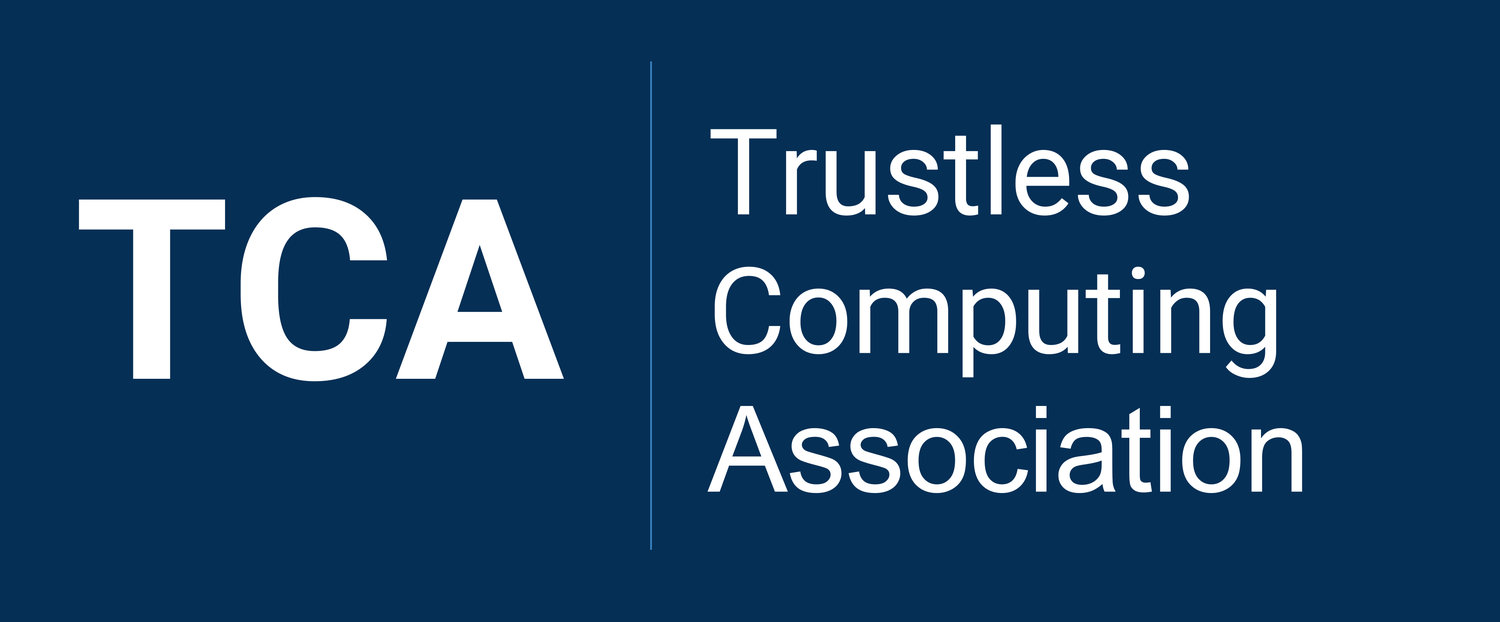Why we renamed our “User Verifiable Social Telematics” into “Trustless Computing”
Since today, we have decided to change the name of our R&D project from User Verified Social Telematics to Trustless Computing, because it better describes our project paradigms and aims, and better aligns with our Trustless Computing Certification Body Initiative and as detailed in the Trustless Computing Paradigms.
We mean “trustless” in its primary dictionary meaning of “untrusting” and “distrustful”, i.e. lacking the need or assumption of trust in anything and anyone, as it is the case of proper democratic election systems and socio-technical safety systems for critical weapon systems.
In its secondary meaning - of being “untrustworthy” and “faithless” - is paradoxically in contradiction with its primary meaning. This paradox derives from our western culture very deeply ingrained with the Christian concept that blind faith is not only a good and right thing to do, but it is something that if challenged may even get you burned on a stick, like so many christian reformers, man and women, learned through history.
In our vision, the current state-of-the-art high-assurance paradigms - epitomized by Trusted Computing™ - would be replaced by the model of Trustless Computing, in which no unverified upfront trust is assumed in any actor or feature of a computing service, except in inherently self-guaranteeing transparent and accountable organizational processes that underlie its operation, lifecycle and certification governance, whose quality can be assessed by moderately educated and informed citizens.
The term “trustless computing” is also chosen because it means the opposite of Trusted Computing™ – the dominant security paradigm of the last few decades as brought forward by the largest IT companies via the Trusted Computing Group and Global Platform, which are based on the assumption that there are a subset of critical components in a secure IT systems that are trusted “a priori” because such group states so according to very insufficient certifications which in no way place an end-user or experts he trust to assess the basis of such claims.
Trustless Computing is “computing that does not require unverified trust in any person, entity or technology”, that carries to the ultimate consequences the philosophies that are behind similar initiatives like the Trust No One model by US security expert Gibson, and the Zero Trust model proposed by John Kindervag - but goes orders of magnitude beyond.
